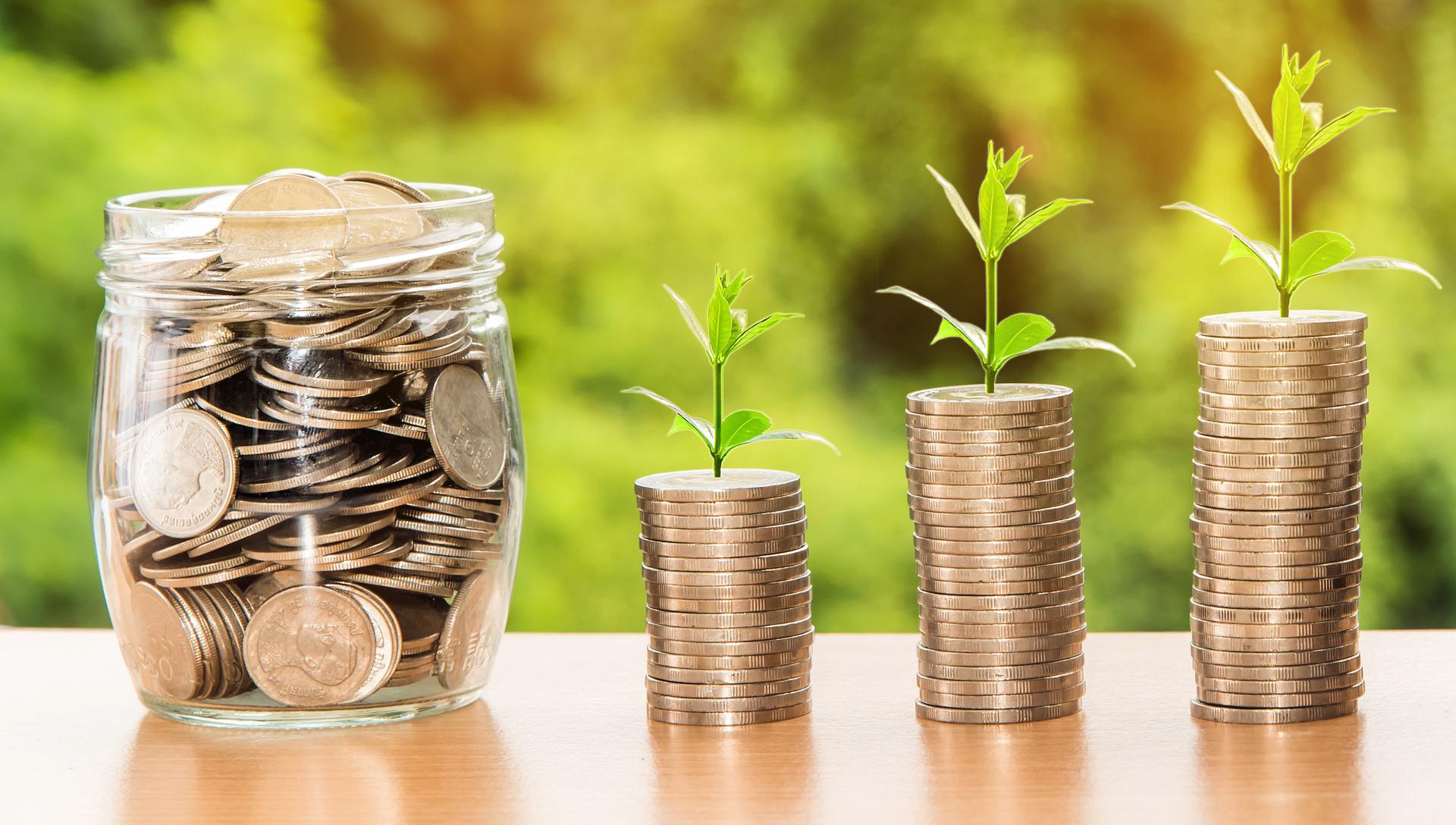
What Are Different Types of Food Packaging?
You may ask why are different Types of Food Packaging important? Food items today come wrapped in all kinds of packaging. Different shapes, sizes, colors, and materials are used by manufacturers to differentiate their products from those of the competitors. The packaging industry has innovated itself thanks to the insatiable demand coming from the food industry. The most common food packaging comes in plastic and glass materials. All canned goods as well as bottled and jarred packaged goods use the latest innovations to help keep the food items fresh and retain their original taste and flavors.
Packaging plays a very important role when it comes to not only maintaining the freshness quotient of food but also appealing to the aesthetic sense of the customer. Protecting the food items from the detrimental effects of climate change as also pests like insects and vermin come under the role of food packaging.
Particularly one finds items that need to be reused constantly need the kind of secure packaging so as to preserve their essence. Different types of food packaging used by companies that cater to the end consumer focus on both functionality of the food packaging as also the design aesthetics.
What Are Different Types of Food Packaging?
The wide variety and choices available in the market for food packaging is mind-boggling. Depending on the nature and type of food, one can choose from a plethora of options.
Plastic The most common type of food packaging used is plastic. The versatility of plastic makes it one of the most endearing and go-to materials for food manufacturers. Right from water to candy bars to medicines, anything can be packaged in containers made out of plastic. Plastic packaging types vary as follows:
- Polyethylene Terephthalate (PETE or PET) – used to make soft drink bottles and salad packages
- High-Density Polyethylene (HDPE) – used for milk bottles, ice cream containers, and freezer bags among others
- Polyvinyl Chloride or PVC – used for making containers
- Low-Density Polyethylene or LDPE – used in the manufacture of shrink wrap and squeezable bottles
- PP or Polypropylene – used in packaging yogurt and ketchup among other food items
- Polystyrene or Styrofoam – often used for making disposable cups, bowls, and take-away food containers
One merely needs to look at the grocery retail store shelves to see the influence of plastic in day to day needs of consumers. Plastic is the base material for a lot of modern packaged products like: –
- Flexible pouches
- Clamshell packaging
- Shrink films
- Bottles
Bio Plastic
Bioplastic is better for the climate, but just as difficult to degrade. The majority of all plastic is made from fossil oil, but it is becoming increasingly common to use renewable raw materials instead. Renewable raw materials such as starch from potatoes or other starchy crops and lactic acid or ethanol produced from sugar can also be turned into plastic. These types are called bioplastics and are usually a little more expensive than plastics from crude oil. Bioplastics can in turn be divided into two subgroups, biodegradable and non-biodegradable.
For example, bio-polyethylene, or green PE, as it is also called, is made from ethanol from sugar cane but has the same properties as polyethylene from oil. It thus has the same appearance, properties, and inability to degrade in nature. On the other hand, lactic acid and starch plastics can usually be broken down in compost.
Glass
If anything has existed prior to plastic and is as ubiquitous as plastic for food packaging, then it is packaging materials made of glass. Glass has amazing preservative abilities and can keep the packaged food items safe from both heat as well as moisture.
Glass jars are environment-friendly due to their bio-degradability. The versatility of glass jars is illustrated in the various dimensions that they can be shaped in. Comparing the shelf life of all packaging materials, glass jarred package goods have an extensively long shelf life while also maintaining an aura of luxury. The added advantage which works in favor of glass packaging is the reusability of such packaging.
Paper and Paperboard
It is the third option available for food packaging. Paper-based packages are widely replacing plastic and glass packaging due to their low impact on the environment and cheaper logistics costs. From paper bags being used as secondary packaging materials for dry food items, innovations in the industry have carved out bottles for beverages such as carbonated drinks, and milk among other food items. Though the advantage of being lightweight, sturdy, low cost of making, and recyclability are there, one can’t discount certain negatives such as poor protection from moisture, damage as well as other environmental conditions.
Other than the above there are different types of food packaging such as aluminum packaging, metal packaging, wooden packaging, and cardboard packages that are extensively utilized in the food industry for a variety of food products. What works well in terms of cost as well as protection for one type of food product might not work for another. These aspects should be considered while planning for one’s food packaging materials.
